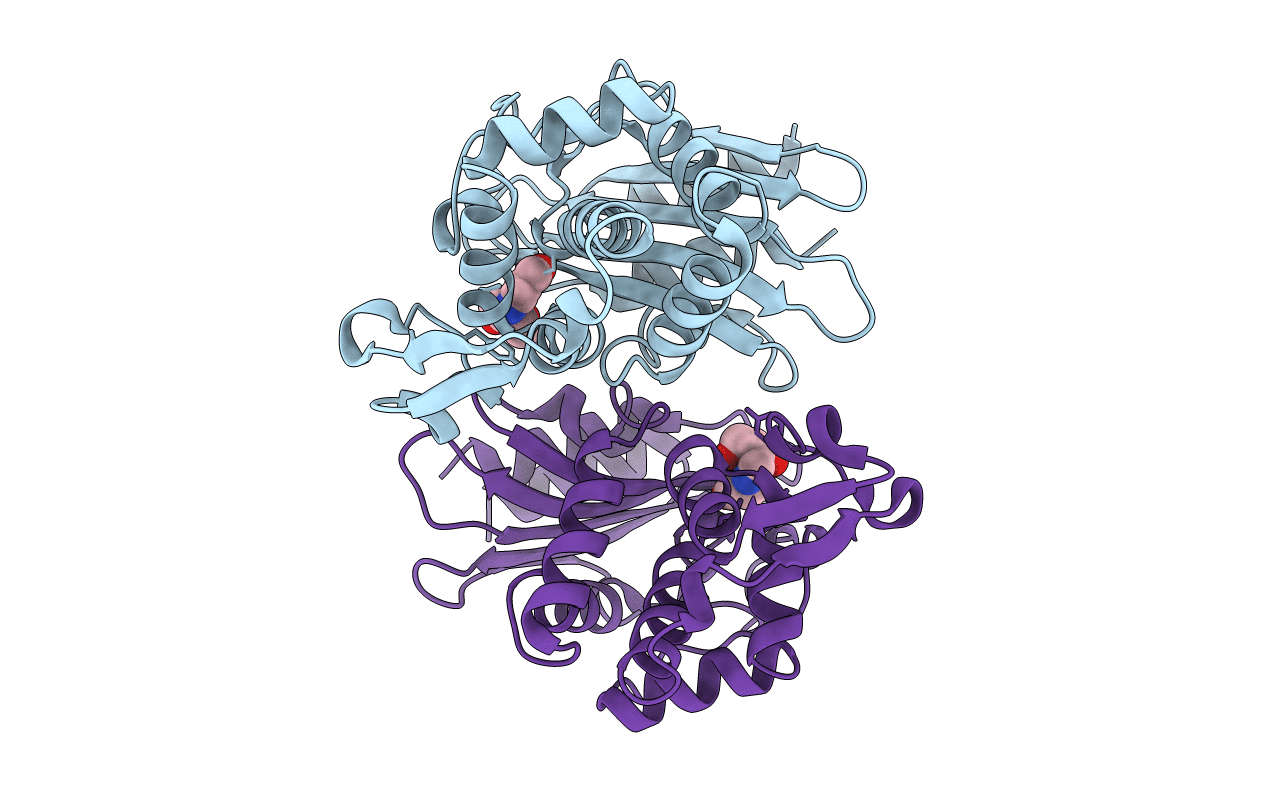
Deposition Date
2019-01-02
Release Date
2019-10-30
Last Version Date
2025-05-21
Entry Detail
PDB ID:
6J2O
Keywords:
Title:
Crystal structure of CTX-M-64 clavulanic acid complex
Biological Source:
Source Organism:
Escherichia coli (Taxon ID: 562)
Host Organism:
Method Details:
Experimental Method:
Resolution:
1.90 Å
R-Value Free:
0.20
R-Value Work:
0.15
R-Value Observed:
0.15
Space Group:
P 1 21 1


